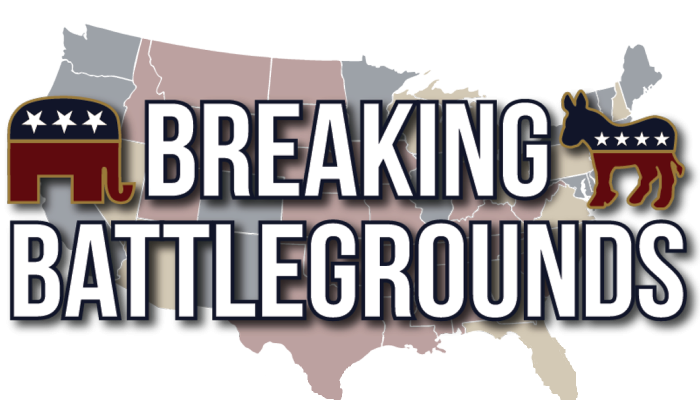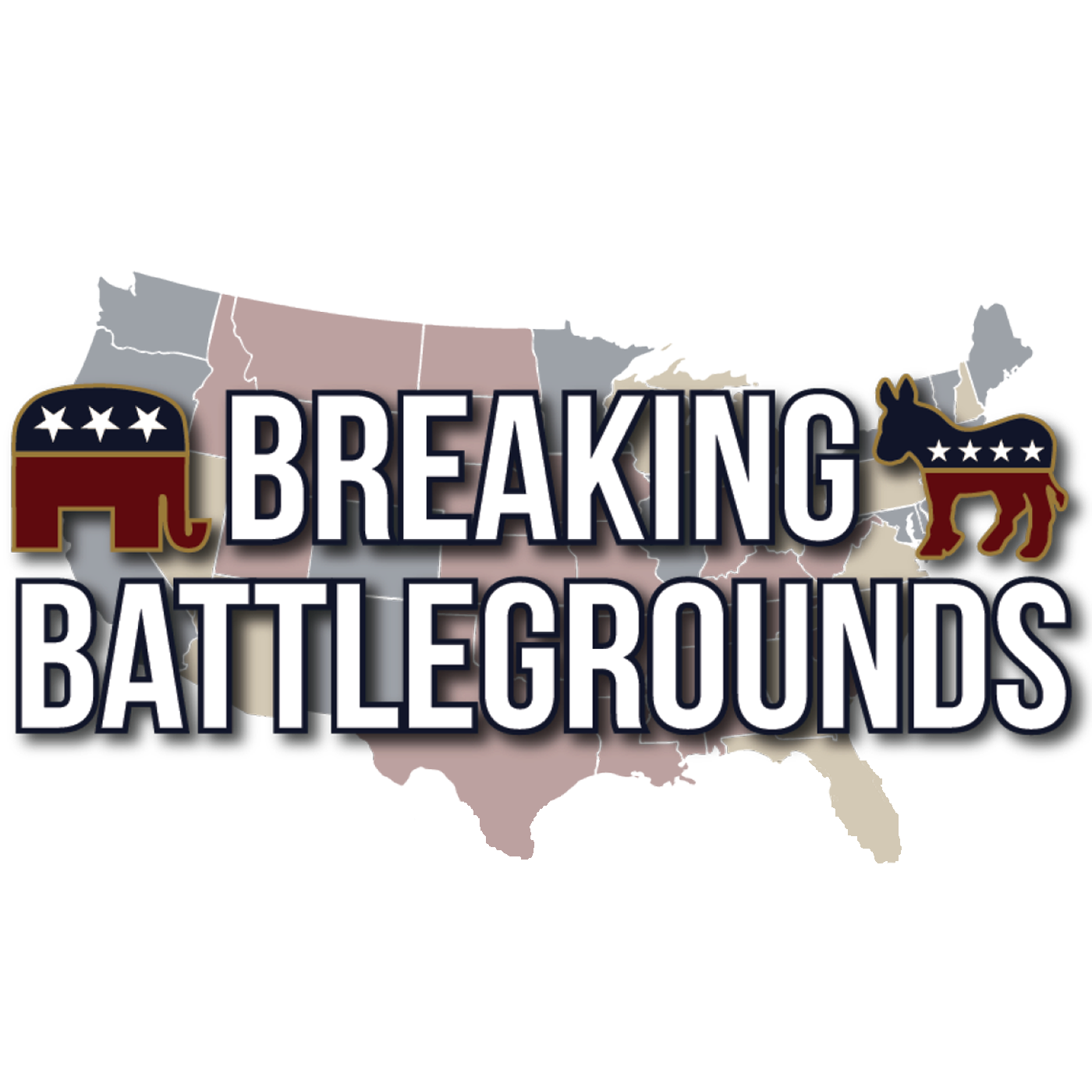LISTEN NEW EPISODE EVERY WEEK
Hosted by Sam Stone & Chuck Warren
Listen Every Week New Podcast
Hosted by Sam Stone & Chuck Warren
#1 Radio Show On The Weekends
#1 Conservative Talk Radio Show
Listen to Breaking Battlegrounds, the leading conservative talk radio show that interviews opinion leaders from across the world to discuss politics, culture, and policies that are shaping our day-to-day lives. Join the conversation and stay informed with the leading voice in conservative media.
Listen to Breaking Battlegrounds
Subscribe to receive our podcast in your inbox, opeds from our hosts and guests and the Breaking Battlegrounds Weekly Newsletter
Latest Podcasts

Featured Guests
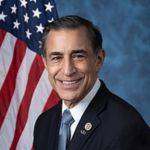
Congressman Darrell Issa D-Day Remembrance
Darrell Issa represents the people of California’s 48th Congressional District. Congressman Issa sits on the House Judiciary Committee, House Foreign Affairs Committee.
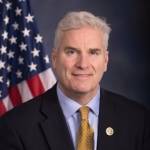
House Majority Whip Tom Emmer on Biden’s Report
House Majority Whip Tom Emmer, was sworn in for his first term in the U.S. House of Representatives on January 6, 2015. He is currently serving his fifth term.

Brooke Rollins on Strong Women Around Trump
Rollins was formerly Director of the Domestic Policy Council & Chief Strategist in the White House where she previously served as Director of the Office of American Innovation.
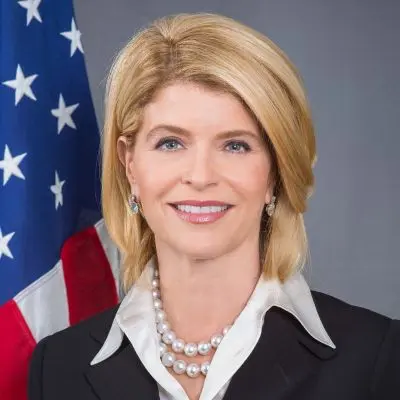
Global Insights with Ambassador Carla Sands
Carla Sands is an American businesswoman who is chair and CEO of Vintage Capital Group. During the Trump administration, she was U.S. ambassador to Denmark.
What People Say
Great podcast. Very informative about real world, current issues.
You guys are good I mean really good.
Meet Your Hosts
Sam Stone is a state and local policy expert, with almost two decades of experience in policy development and campaign management. He currently serves as chief policy advisor to U.S. Senate Candidate Kari Lake and is the Managing Partner of Cairn Consulting.
Sam has previously worked as Chief of Staff to Phoenix City Councilman Sal DiCiccio, Executive Director of the Civics Education Initiative at the Joe Foss Institute, and has worked on dozens of campaigns at the state and federal level.
Chuck Warren is the Managing Director of September Group, LLC, a public affairs, crisis communication and initiative qualification company. He is also a partner in Monolith Registry, LLC, the USA-based top-level registry for .VOTE and .VOTO domain and Campaign Safe, LLC.
Chuck’s clients have included major law firms, municipalities, and companies as diverse as Overstock.com; Verisign; Blue Cross Blue Shield; Arches Health Plan, Inc.; Delta Airlines; Dorado Systems; Comcast; Gold Cross Ambulance; Ragnar Relay; Eureka Casino Resort; Casablanca Resort Casino; Republican Governors Association; Amazon.com; Republican National Committee; National Republican Senatorial Committee; Freedom Works; Lewis, Young, Robertson & Burningham, Inc.; and Cancer Treatment Centers of America (CTCA).
Listen Live Or On All Podcast Streaming Platforms
Phoenix - AM960
⦿
Sarasota - AM930 / FM93.7⦿
San Diego - AM1360 ⦿
Tampa - AM860/FM 93.7
⦿
Orlando - AM950/FM 94.9
⦿
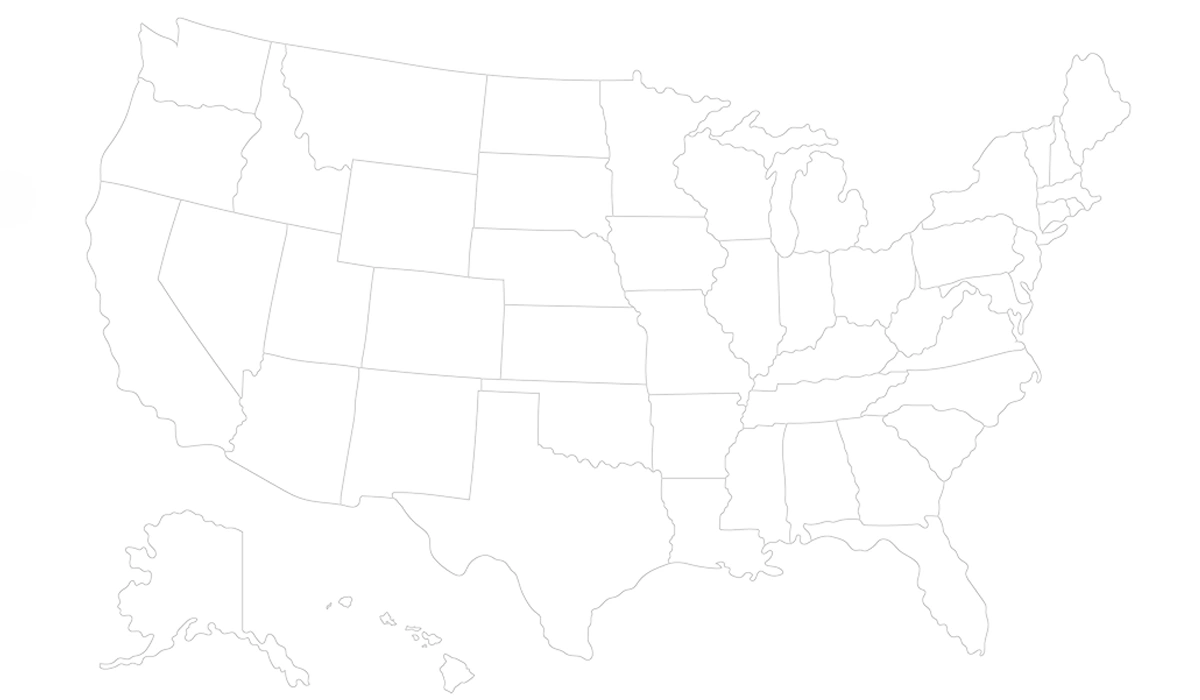
Blogs

8 Best Fiction Podcasts with Mind-Bending Sci-Fi Tales
Before going in, let’s take a dive into history. Around 10,000 years back, humans used to gather around campfires. They told each other tales of
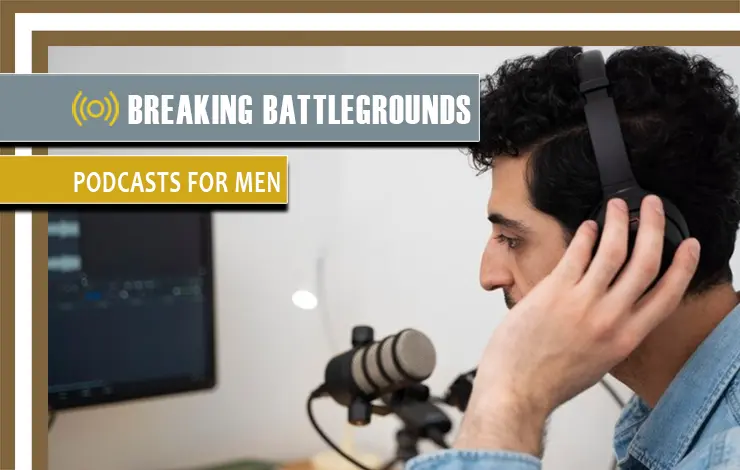
Best Podcasts for Men in 2025: Self-Improvement, Success & Strength
The podcast for men has become a sanctuary for those who seek knowledge, motivation, and inspiration. Podcast for men has become a safe platform where
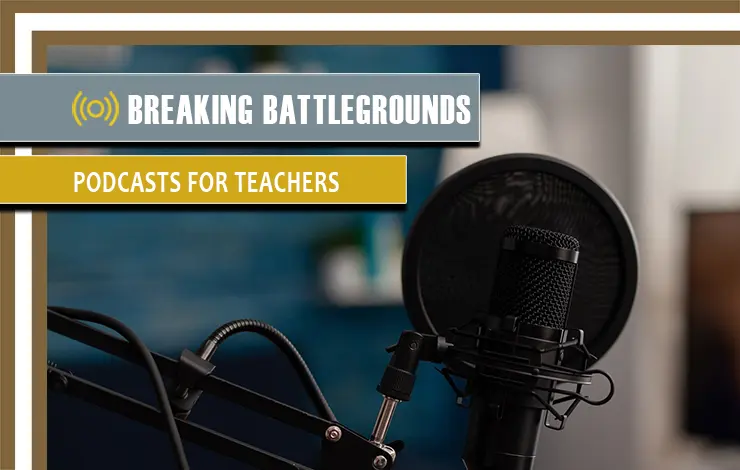
Best Podcasts for Teachers to Level Up Their Teaching Game
Teachers are like our superheroes because they possess the power to shape young minds and change the world to make it a better place. However,



